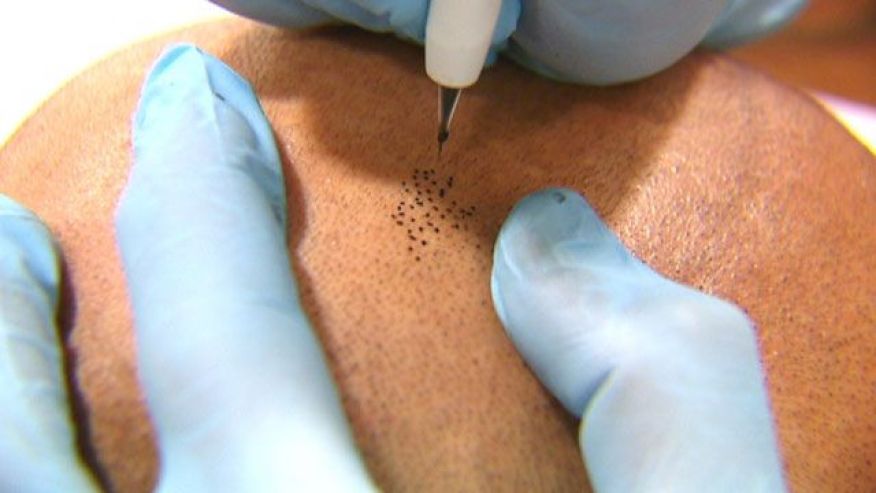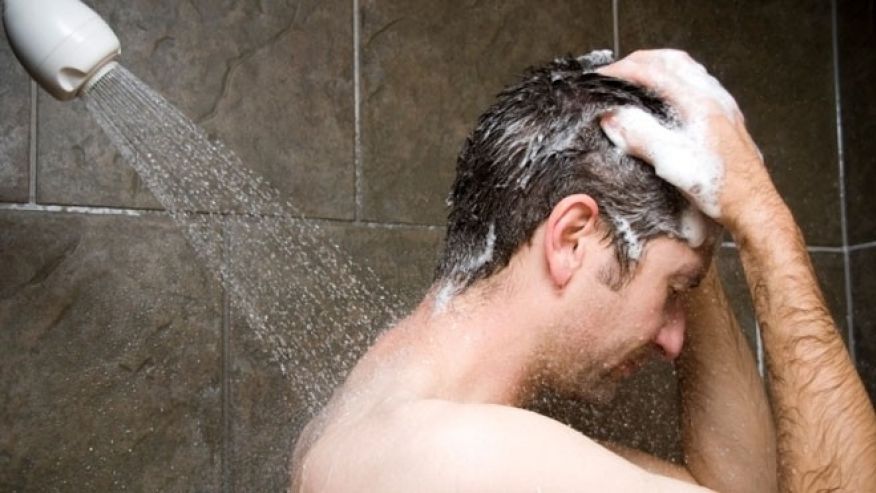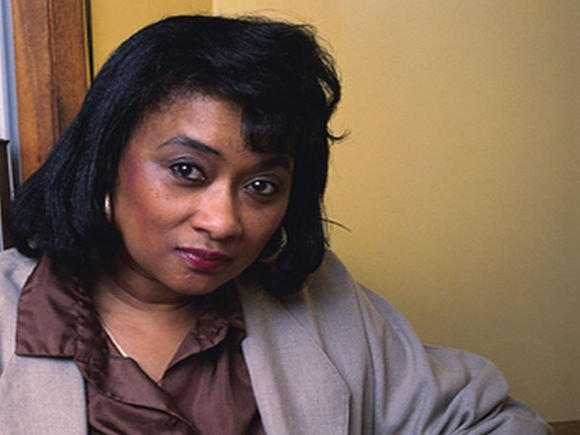According to a study we conducted from 2013 to 2016, 70% of the 300 women and men we interviewed reported wanting a date or partner with someone who had light skin. This colourism is what pushes so many Indians to lighten their skin, creating a phenomenon termed “bleaching syndrome”.
Bleaching syndrome is not a superficial fashion, it’s a strategy of assimilating a superior identity that reflects a deep-set belief that fair skin is better, more powerful, prettier. And it’s not limited to India: skin bleaching is also common in the rest of Asia and in Africa.
A thriving bleaching market
An inventive and growing market of creams and salves has cropped up to fill this demand, which now pulls in over US$400 million annually.
Some of the most widely-sold products include Fem, Lotus, Fair and Lovely, and its gendered-equivalent Fair and Handsome. Most of these appealingly named creams are in fact a dangerous cocktail of steroids, hydroquinone, and tretinoin, the long-term use of which can lead to health concerns like permanent pigmentation, skin cancer, liver damage, and mercury poisoning, among other things.

Nonetheless, a 2014 marketing study found that almost 90% of Indian girls cite skin lightening as a “high need”. These young women are willing to overlook the after-effects of bleaching, and the advent of online sales allows them to use these products in the privacy of their own homes.
Initially focused on feminine beauty, the fairness creams market now also caters to Indian men. Products marketed to men promise to fight sweat, give them fairer underarms, and attract women.
And Bollywood stars with huge followings, including Shah Rukh Khan and John Abraham, regularly endorse and promote skin bleaches.
Bleaching backlash
The brand Clean and Dry took bleaching to new levels in 2012, when it began heavily advertising for a new wash to lighten the vagina.
This time, women had had enough.
In 2013, the activist group Women of Worth launched their Dark is Beautiful campaign, which was endorsed by the Indian theatre actress Nandita Das.
With other feminist groups, the women compelled the Advertising Standards Council of India to issue guidelines in 2014 stating that “ads should not reinforce negative social stereotyping on the basis of skin colour” or “portray people with darker skin (as)…inferior, or unsuccessful in any aspect of life particularly in relation to being attractive to the opposite sex”.
This guidance is in keeping with the Indian Constitution, which provides for equality for all (article 14) and prohibits discrimination on the grounds of religion, race, caste, sex, or place of birth (article 15).
Unfortunately, the law can do little to stop the subtler forms of racism and bigotry present in Indian society. And, to date, that vagina bleaching product is still on the market.
The “bleaching syndrome” goes far beyond skin colour, with Indian women also questioning their hair texture and colour, speech, marital choices, and dress style, raising real concerns about female self-esteem.As Aranya Johar rhymed on Youtube, “With the hope of being able someday to love another/let’s begin by being our own first lovers”.
[Source:-Quartz]





















